How to Enable iMessage on iPhone: Complete Setup Guide

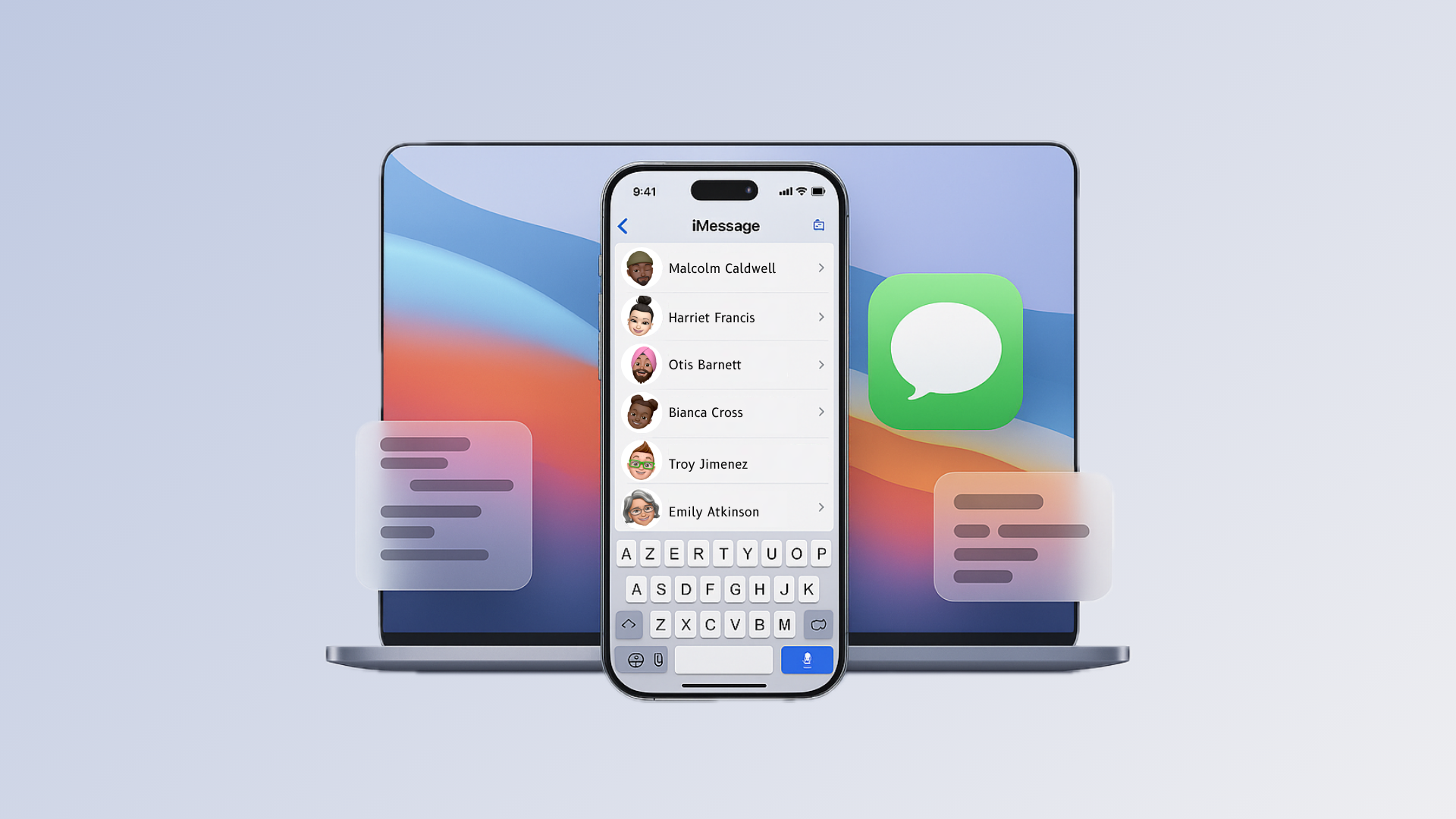
iMessage transforms your iPhone's messaging experience by sending texts over Wi-Fi or cellular data instead of traditional SMS. This means blue message bubbles, read receipts, typing indicators, and the ability to send high-quality photos and videos without compression.
How to Turn On iMessage on iPhone
Activating iMessage takes just a few steps through your iPhone's Settings app.
Step 1: Open Settings
Tap the Settings app on your home screen (the gray icon with gears).
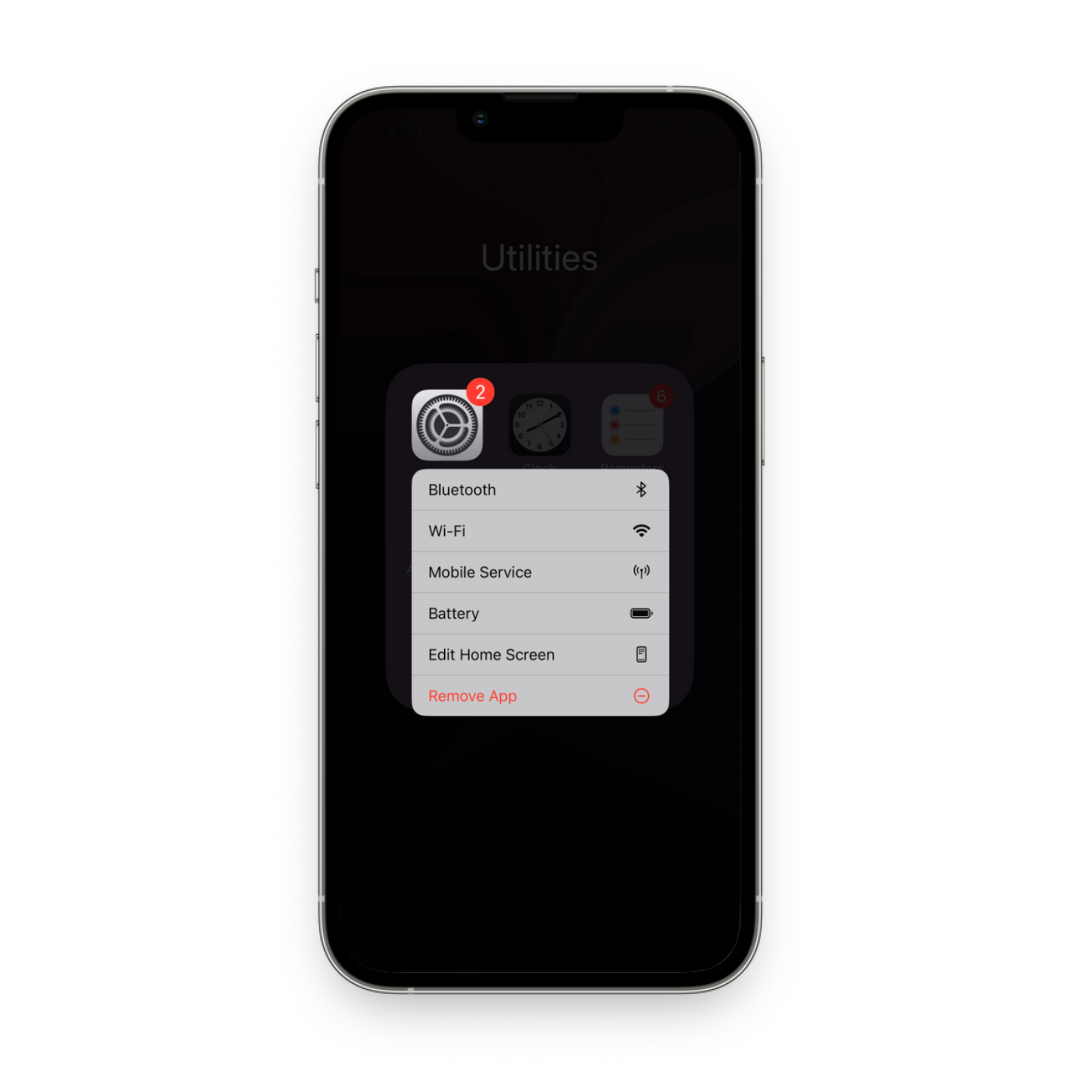
Step 2: Find Messages
Go to Apps > scroll down, and tap "Messages" in the list of options.
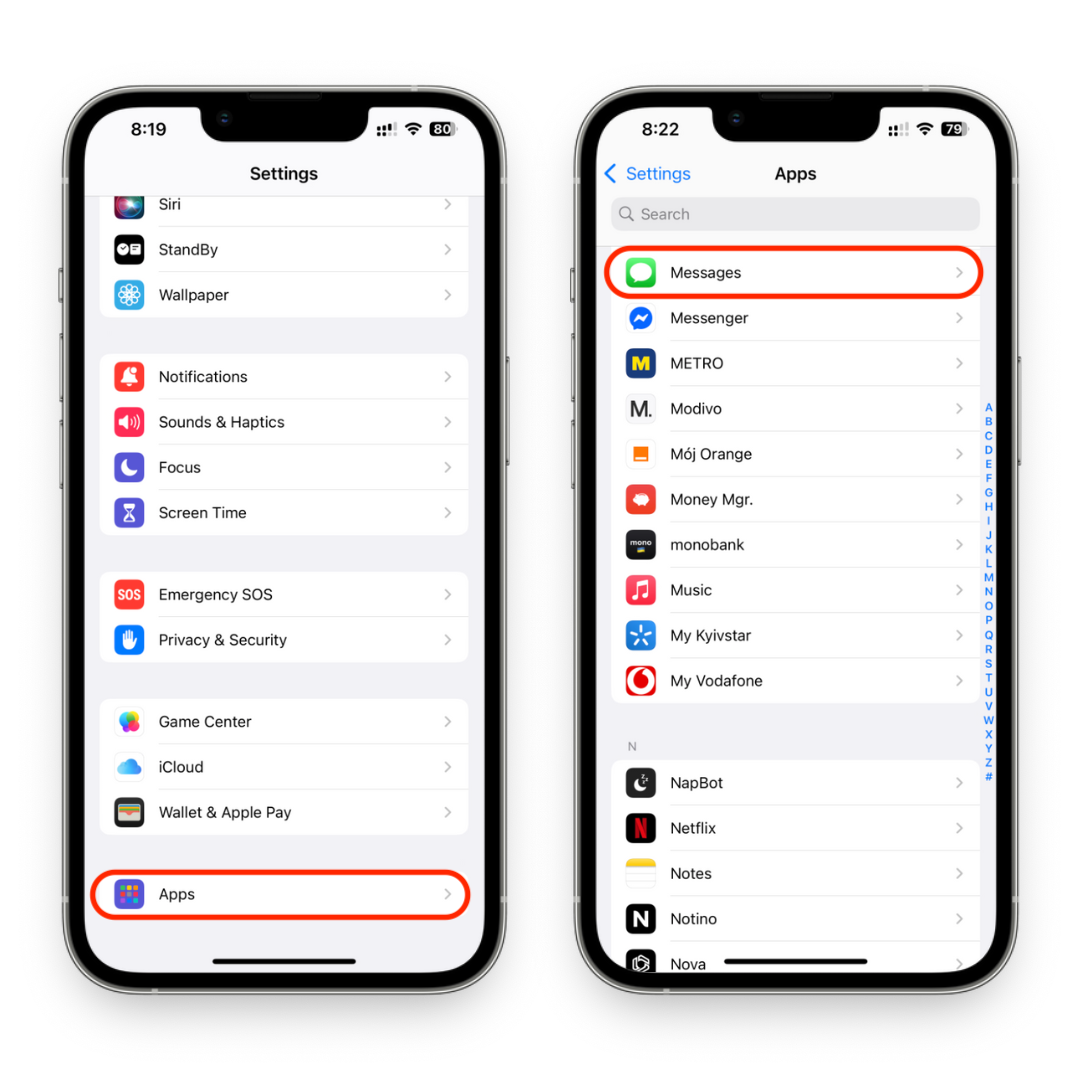
Step 3: Toggle iMessage ON
At the top of the Messages settings, you'll see an "iMessage" toggle switch. Tap it to turn it on (the switch will turn green).
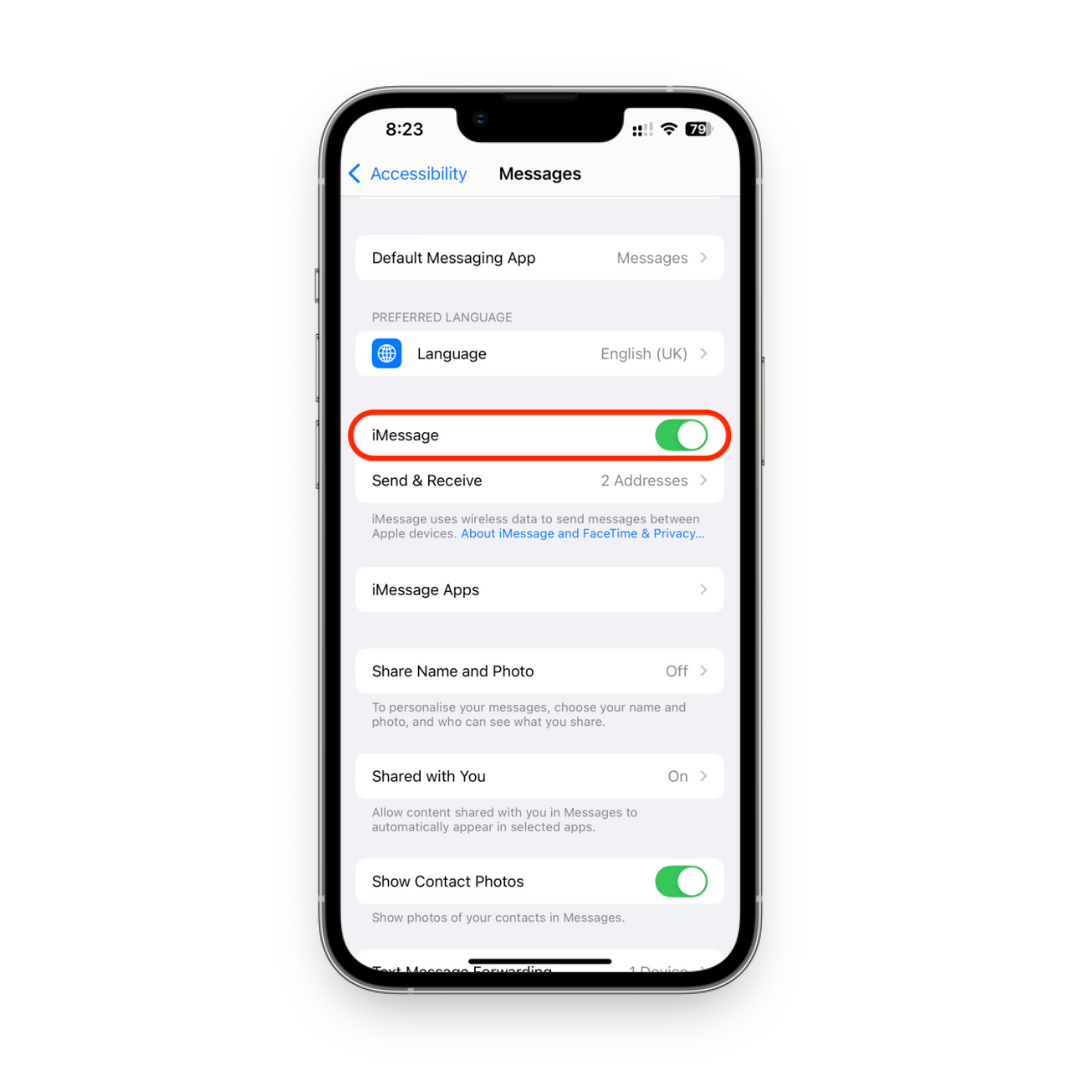
Step 4: Wait for Activation
Your iPhone will display "Waiting for activation..." This process typically takes a few seconds to a few minutes. Make sure you have a stable internet connection during this time.
Step 5: Verify Your Phone Number and Email
Once activated, you'll see your phone number listed under "Send & Receive." You can add email addresses here if you want to receive iMessages at multiple accounts.
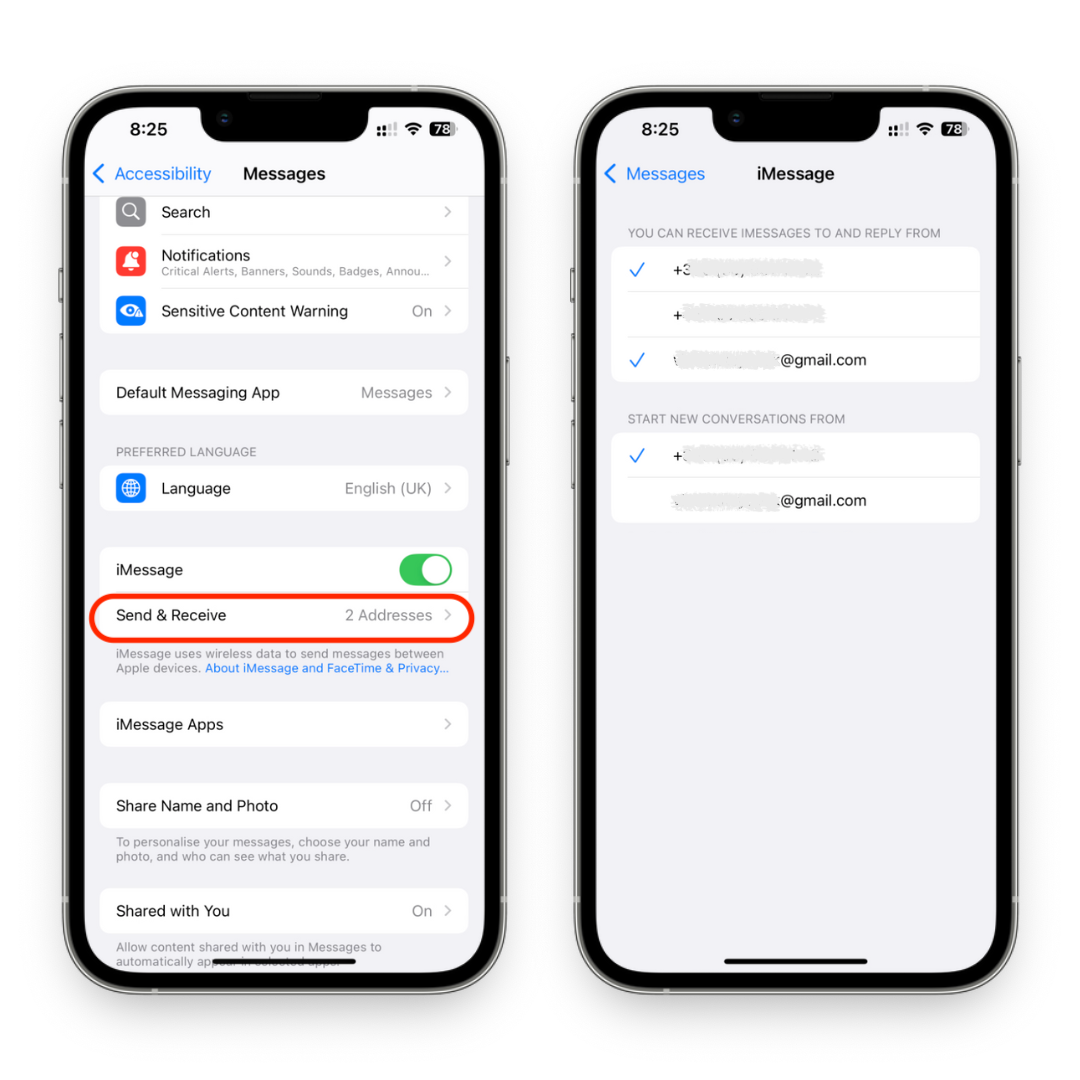
How to Enable iMessage on iPhone for Multiple Devices
Want your iMessages to sync across all your Apple devices? Here's how to set that up:
Add Email Addresses
In the Messages settings, tap "Send & Receive." Then tap "Add Email" and enter the email addresses associated with your Apple ID. This lets people send you iMessages at your email address, and messages will appear on all your signed-in devices.
Choose Your Caller ID
Under "Start New Conversations From," select which phone number or email address you want to appear when you send new iMessages. Most people choose their phone number for consistency.
Sign In on Other Devices
On your iPad, Mac, or other Apple devices, go to Messages settings and sign in with the same Apple ID. Your message history will sync automatically.
Troubleshooting iMessage Activation Issues
Sometimes iMessage doesn't activate immediately. Here are the most common fixes:
Check Your Internet Connection – iMessage requires either Wi-Fi or cellular data to activate. Try switching between Wi-Fi and cellular data if one isn't working.
Restart Your iPhone – Hold the power button and volume button until you see "slide to power off." After your phone restarts, try activating iMessage again.
Update iOS – Go to Settings > General > Software Update. An outdated iOS version can prevent iMessage from working properly.
Contact Your Carrier – Some carriers block iMessage activation. If you're still having trouble after 24 hours, contact your cellular provider to make sure there are no restrictions on your account.
Reset Network Settings – As a last resort, go to Settings > General > Transfer or Reset iPhone > Reset > Reset Network Settings. This will erase your Wi-Fi passwords, so have them ready to re-enter.
How to Turn Off iMessage on iPhone
Need to disable iMessage? Maybe you're switching to Android or troubleshooting message delivery issues.
Quick Disable Method
Go to Settings > Messages and toggle off iMessage. The switch will turn gray, and you'll immediately start sending SMS messages instead.
Before Switching to Android
If you're moving to an Android phone, turn off iMessage before you remove your SIM card or stop using your iPhone. Otherwise, iMessages from other iPhone users might not reach your new Android device.
You can also deregister your phone number from iMessage using Apple's online tool at selfsolve.apple.com if you've already switched phones.
iMessage vs SMS: What's the Difference?
Understanding the difference helps you make the most of your messaging:
iMessage Features (Blue Bubbles)
Works over Wi-Fi or cellular data
Read receipts show when someone reads your message
Typing indicators show when someone is responding
Send high-quality photos and videos
Create group chats with up to 32 people
Use Digital Touch, Animoji, and Memoji
Send messages from any Apple device
SMS Features (Green Bubbles)
Works on any phone, not just iPhones
Uses your cellular plan's text messaging
No read receipts or typing indicators
Photos and videos get compressed
Limited group messaging features
Privacy and Security Settings
iMessage includes several privacy features you should know about:
Read Receipts
In Messages settings, you can turn off "Send Read Receipts" if you don't want people to know when you've read their messages.
Filter Unknown Senders
Turn on "Filter Unknown Senders" to separate messages from people not in your contacts into a different list.
Share Name and Photo
You can automatically share your name and photo with people you message. Adjust this setting based on your privacy preferences.
Common iMessage Problems and Solutions
Messages Sending as SMS Instead of iMessage | This usually means either you or the recipient has iMessage turned off, or there's no internet connection. Check that both phones have iMessage activated and internet access. |
iMessage Activation Failed | Wait 24 hours and try again. If it still doesn't work, contact Apple Support or your carrier. |
Not Receiving iMessages on All Devices | Make sure you're signed in with the same Apple ID on all devices and that your phone number and email are listed under "Send & Receive" in Messages settings. |
Group Messages | Not Working In Messages settings, make sure "Group Messaging" is turned on. For iMessage group chats, all participants need iMessage activated. |
Ready to start using iMessage? Follow these steps to activate it on your iPhone and start enjoying blue message bubbles, read receipts, and all the other features that make texting more interactive and fun.

